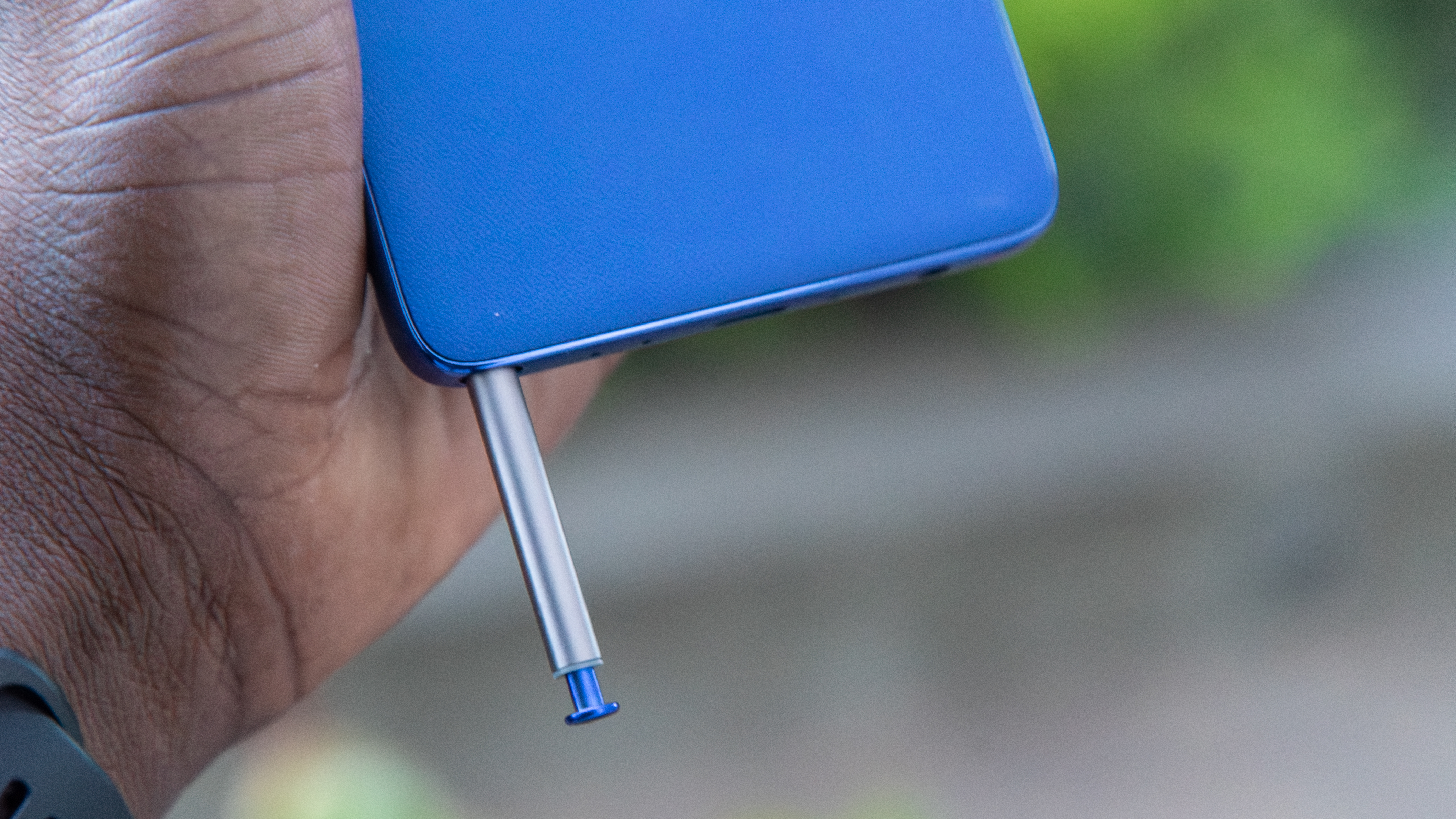Google Pixel 6a vs. Samsung Galaxy S21 FE: Which offers better value?
Not quite flagship but too good for mid-range.
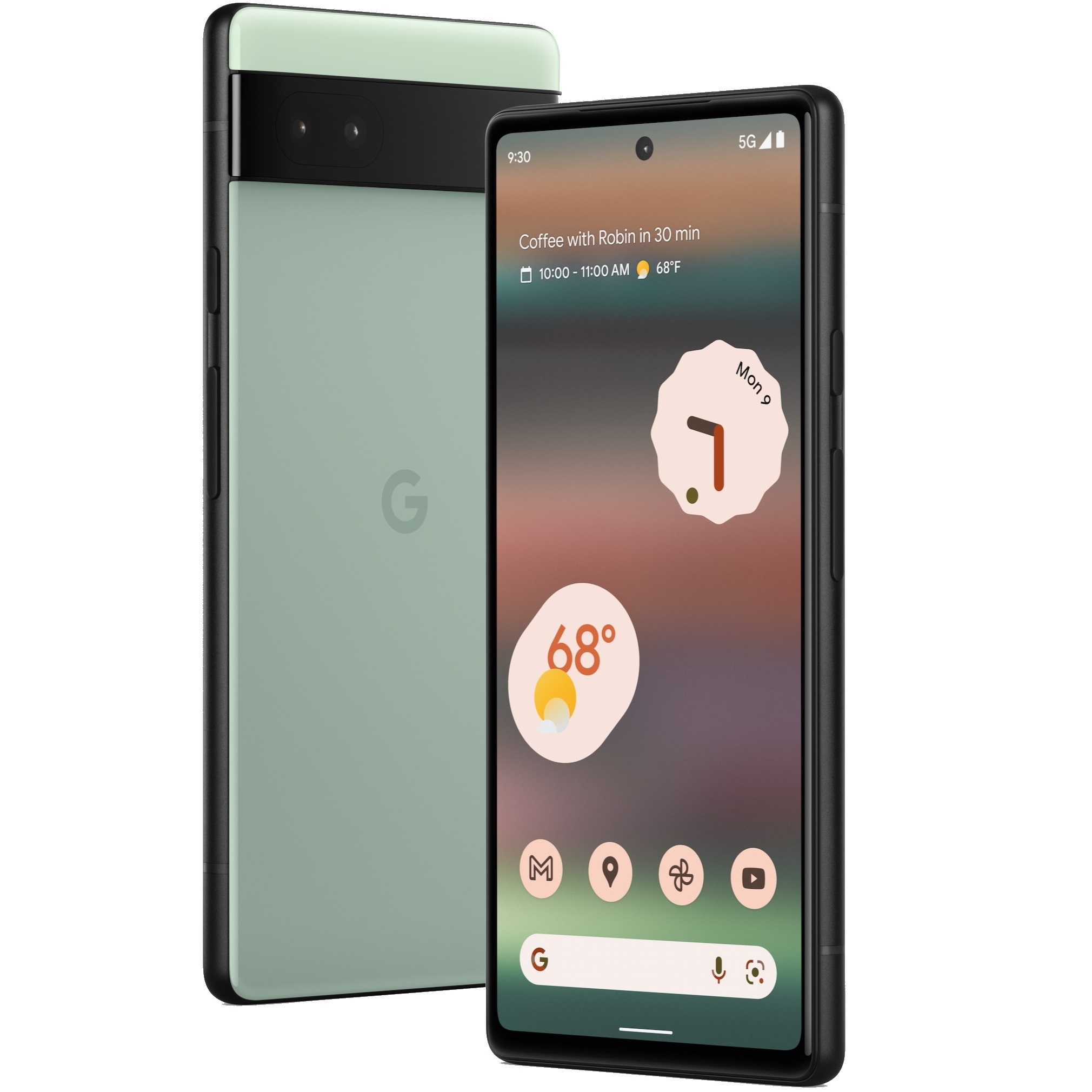
Better than you think
The Pixel 6a is Google's latest mid-range smartphone, but with the performance of a flagship thanks to the Tensor chipset. That gives its otherwise weaker hardware a boost, particularly in the camera department, making this a must-have smartphone.
For
- Fantastic design
- Great performance thanks to Tensor chip
- Amazing output from cameras
- Up to five years of software support
- Very affordable
Against
- 60Hz display
- No wireless charging
- No telephoto lens
- Only three OS upgrades
- History of fingerprint sensor issues
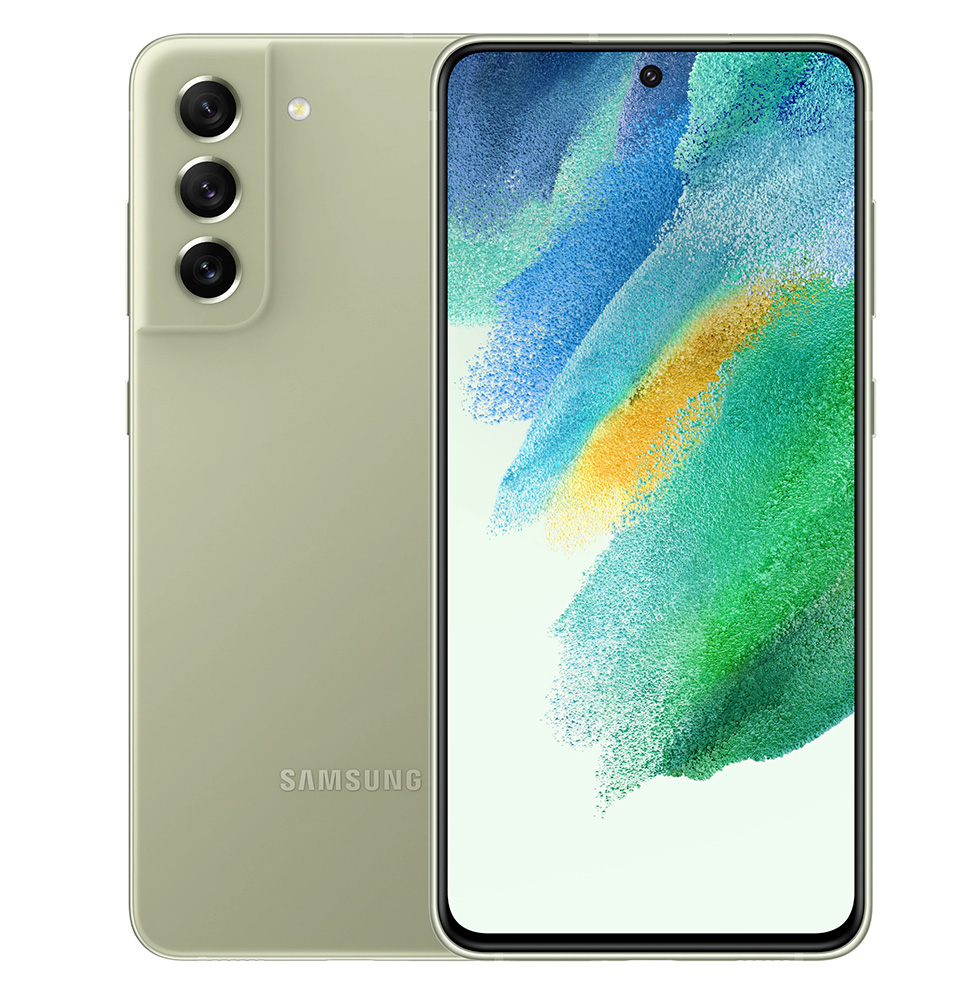
Flagship-ish
The Galaxy S21 FE is a great phone that aims to give users the best of the S21 series in a cheaper body. It has many of the same specs you'd find in its flagship counterpart, including a great camera, smooth display, and Samsung's fantastic software support.
For
- Smooth 120Hz display
- Excellent cameras with telephoto lens
- Faster (and wireless) charging
- Four OS upgrades
Against
- Cheap-looking
- Ugly colors
- More expensive
- Worse haptics
With smartphone prices climbing in recent years, companies have taken to releasing cheaper "flagship killer" models that bring some higher-end features to less-pricey devices. Samsung has attempted this with its Fan Edition phones, the latest being the Galaxy S21 FE. Meanwhile, Google has stuck to its A-series phones, which have gotten quite a revamp thanks to the latest Pixel 6a.
While these phones are technically in different price brackets, they're actually more alike than you'd think. Both sport the same flagship processors found in their higher-end models, sport some of the same great flagship features, and have great software support. At first glance, it seems like there might be a clear winner between these phones, but our pick might surprise you.
Google Pixel 6a vs. Samsung Galaxy S21 FE: Design
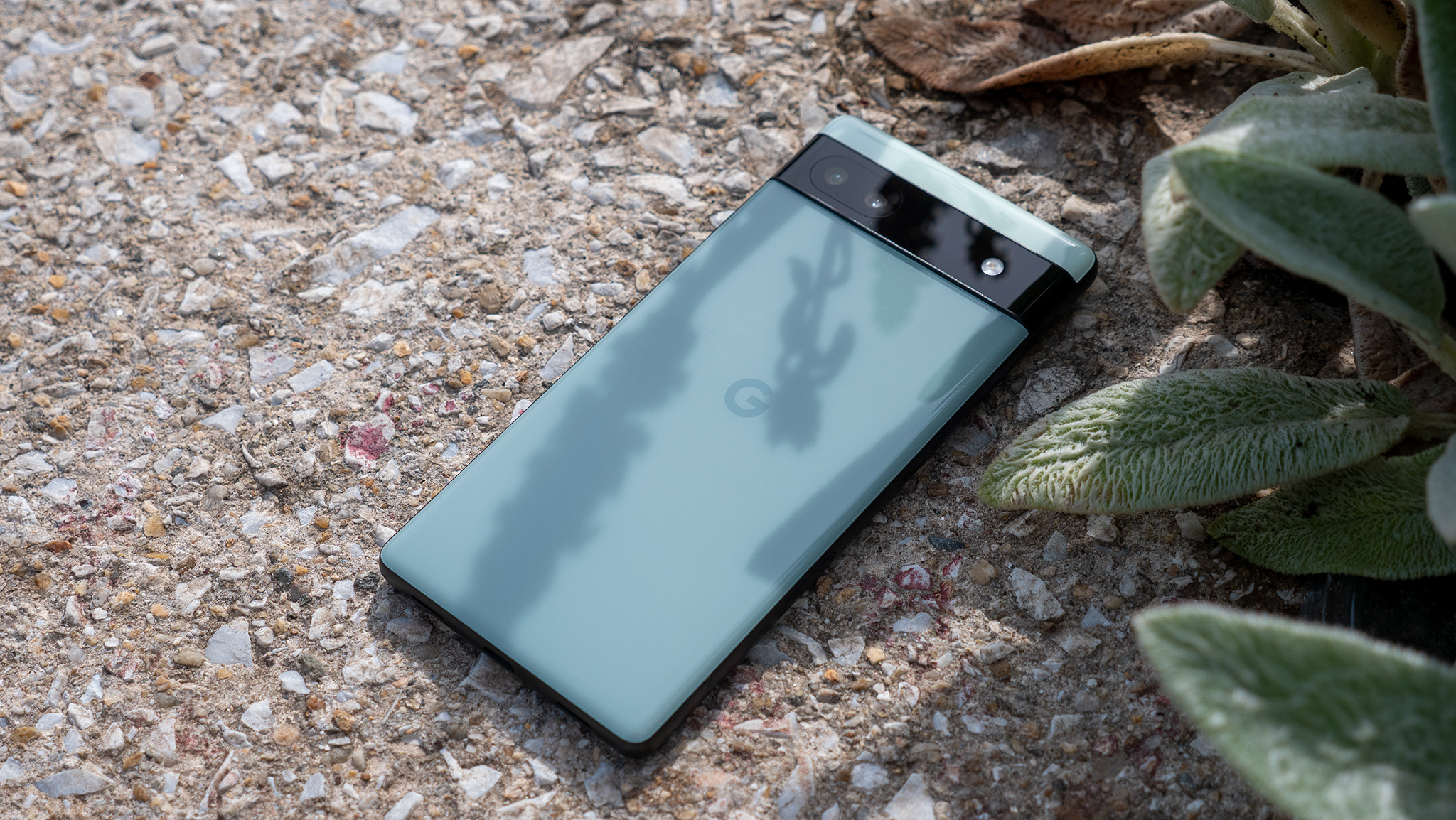
One thing these phones have in common is that, to different degrees, they're both watered-down versions of their flagship counterparts. That means, as far as design goes, they're similar to the more expensive devices, although with some compromises. That said, only one seems to pull this off better than the other, and that's the Pixel 6a.
This phone takes after its flagship counterparts, particularly the Pixel 6. Given the size difference, the Pixel 6a is definitely the more pocketable device, given the 6.1-inch display that seems to be the sweet spot for smaller Android phones. It's a flat display with fairly minimal and symmetrical bezels. There's an aluminum frame, and on the back, the 6a has a two-tone color scheme with a distinct camera visor near the top. It's not a glass back like you'll find on Google's recent flagships, but the polycarbonate feels smooth to the touch, and the phone still looks surprisingly premium.
The 6a is available in Sage, Chalk, and Charcoal colorways, depending on the region.
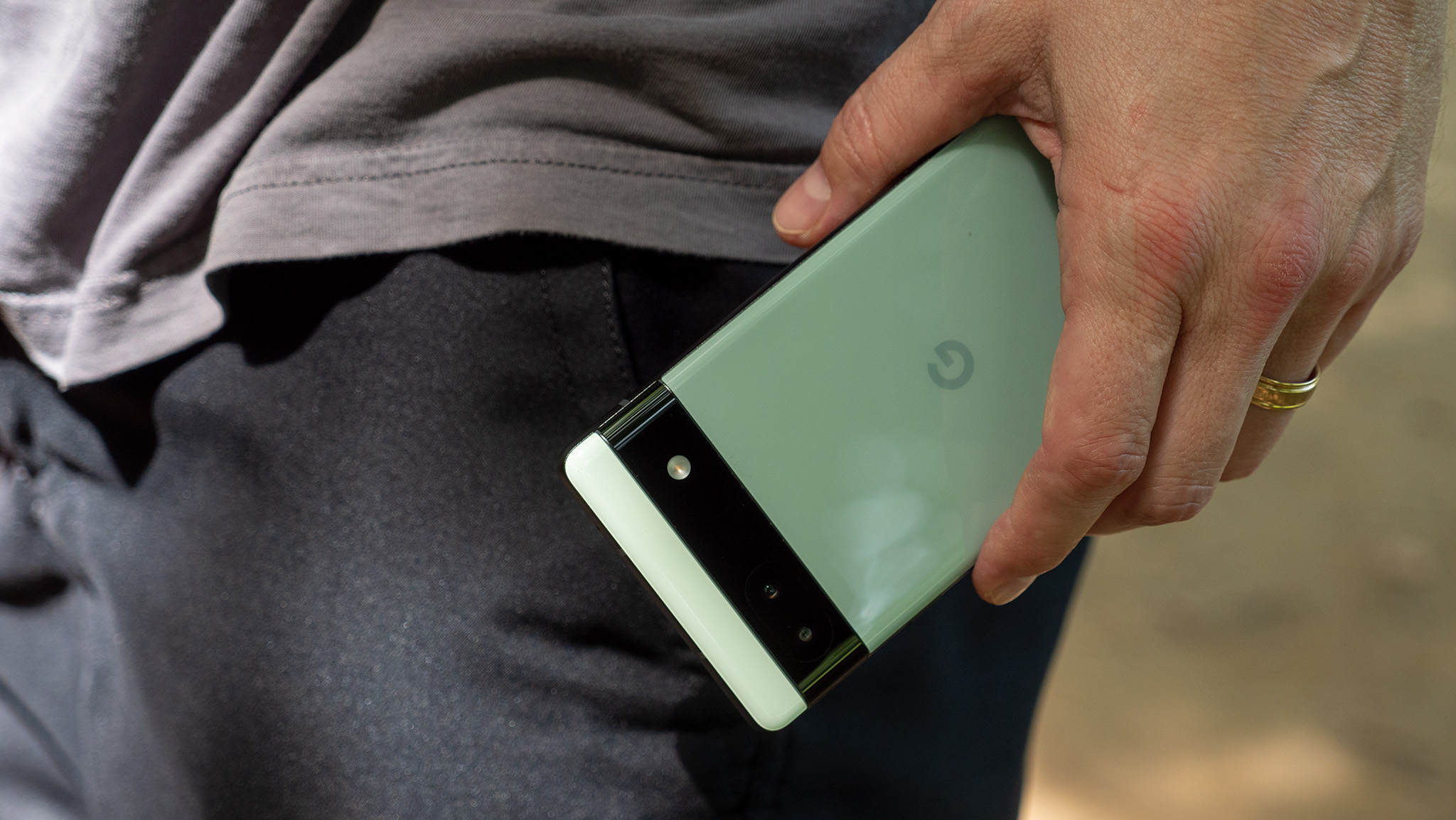
As for the Galaxy S21 FE, Samsung took after the flagship S21 series, although it looks noticeably cheap(er). Sure, it doesn't look bad, per se, but even against the "glastic" back on the standard Galaxy 21, the plastic back on the FE just looks dull. And it doesn't help that Samsung chose washed-out colors to go with it. Those colors include Olive, Graphite, Lavender, and white.
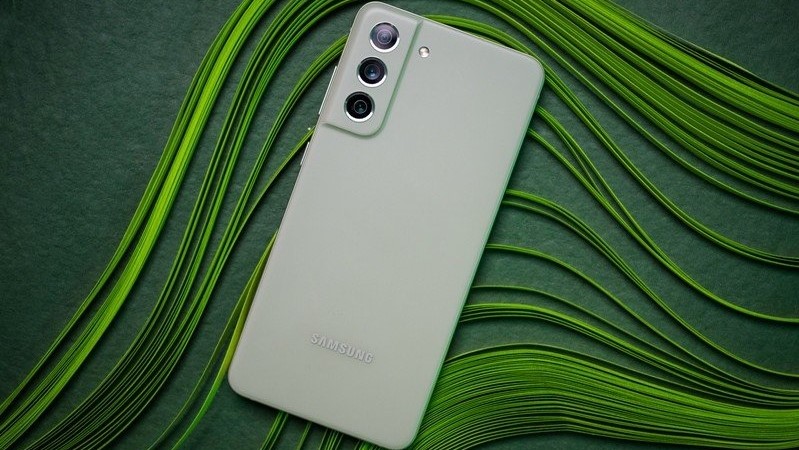
On the front is a larger 6.4-inch flat display with a center hole-punch camera, a size that may be more ideal for content consumption than the smaller 6a display. Bezels are also fairly minimal, although there's an ever-so-slightly larger chin. The plastic back has a matte finish that is smooth to the touch and is slightly raised for the camera housing.
Both phones have stereo speakers, center hole-punch front-facing cameras, USB-C ports at the bottom, and IP67 water and dust resistance.
Of course, beauty is in the eye of the beholder, but I can't help but give the Pixel 6a a win in the design department. Despite being much cheaper, it manages to look more premium than Samsung's entry-level "flagship killer."
Google Pixel 6a vs. Samsung Galaxy S21 FE: Hardware and specs
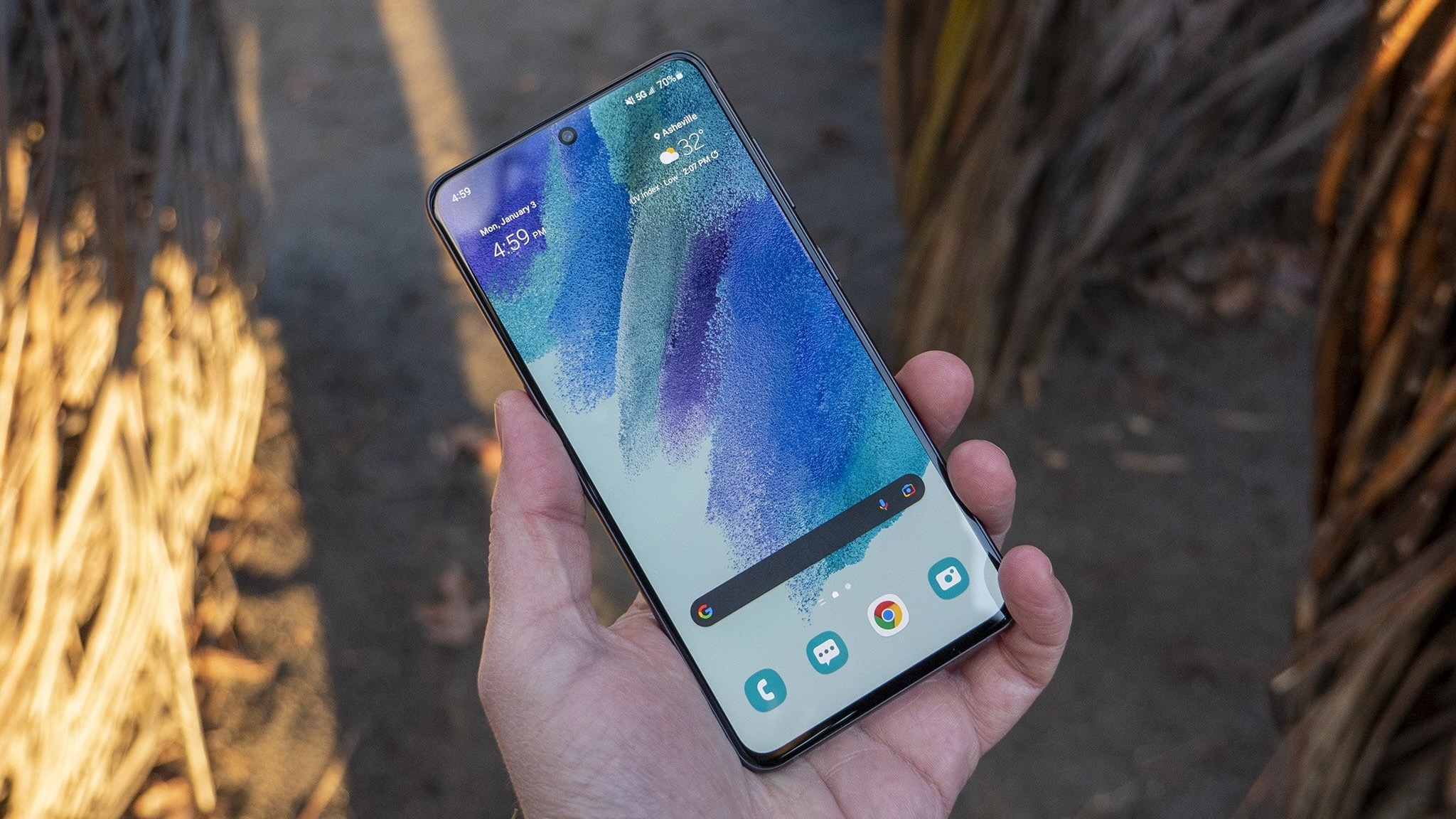
These two phones are surprisingly similar in terms of hardware and specs. For instance, the Galaxy S21 FE sports a Snapdragon 888 chipset (or Exynos 2100), which powered most flagship Android smartphones in 2021. Meanwhile, the Pixel 6a is powered by Google's in-house Tensor chipset, the same that powers its flagship Pixel 6 series launched the same year. Both these chips run well on their respective phones, and they can easily stand their own against some of the best Android phones on the market today.
But the chipset is only part of the story. The Galaxy S21 FE has quite a few things going for it that make it the "flagship" it is, starting with the display. It features a Full HD+ OLED display with a 120hz refresh rate, giving users extra-smooth animations. That's double the 60hz refresh rate found on the Pixel 6a, and if you've used a smartphone with a high refresh rate, you'd know how hard it is to switch back to anything less.
Covering the display on both devices is Gorilla Glass. However, the S21 FE opts for the newer GG Victus as opposed to the GG3 found on the 6a.
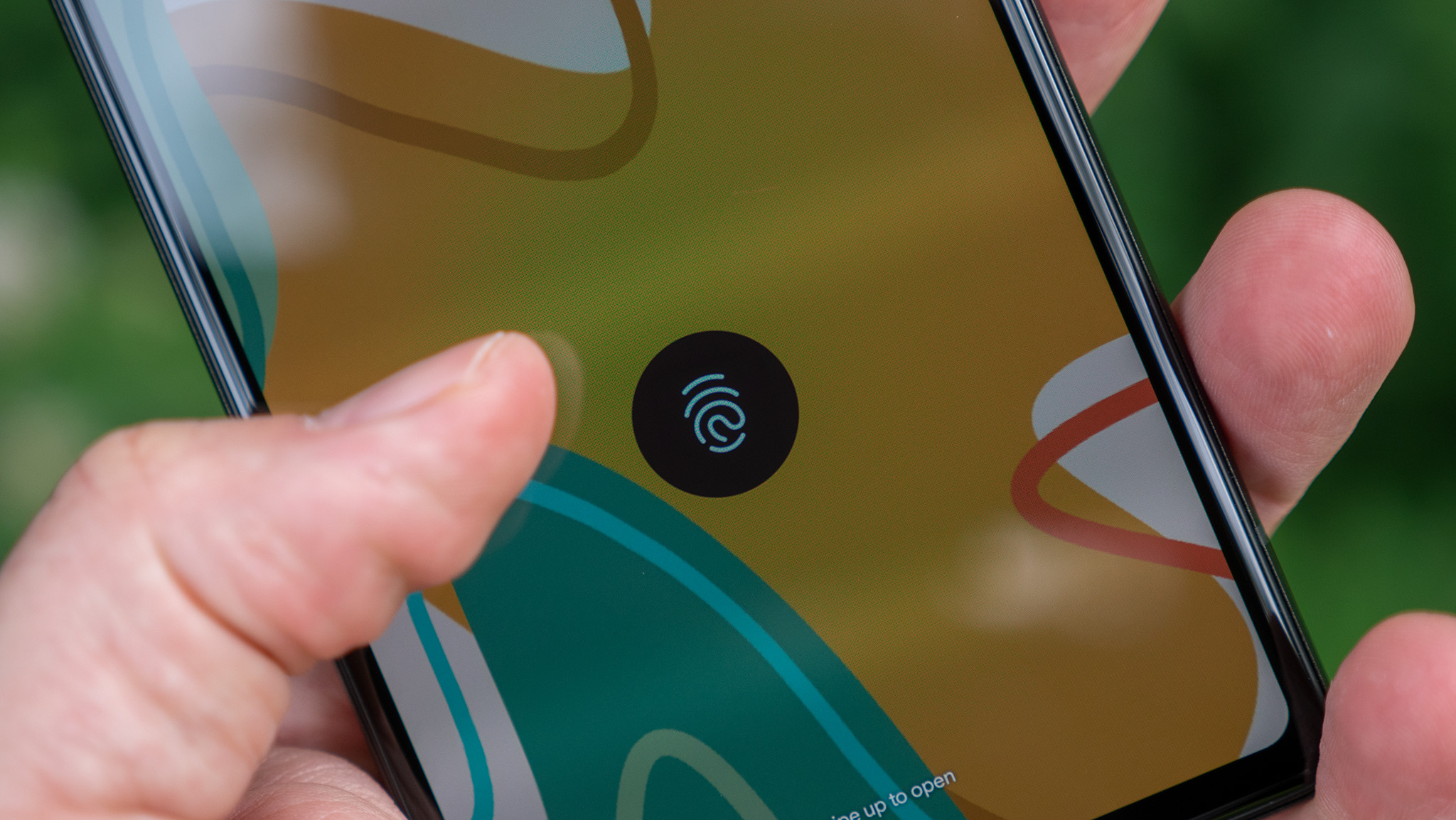
Interestingly, the Pixel 6a was marred with issues plaguing its in-display fingerprint sensor. In addition to being unreliable, users claimed that others could unlock the device using fingers not registered in the phone, creating a concerning security issue. Google appears to have improved the sensor as part of the September 2022 update. We've noticed it seems more reliable since the update, but we will continue testing it further. As for the S21 FE, we've noticed no problems and even prefer the sensor over the one on the flagship Pixel 6.
Under the hood, there's 8GB of RAM and 256GB of storage, which bests the 6a and even the flagship Pixel 6. However, you'll be paying more for that configuration, with the cheapest option aligning with the 6a with 6GB of RAM and 256GB of storage. Neither support expandable memory.
| Category | Samsung Galaxy S21 FE | Google Pixel 6a |
|---|---|---|
| Price | $699 | $450 |
| Software | Android 12 (upgradeable to 13) | Android 12 (upgradeable to 13) |
| Processor | Snapdragon 888, Exynos 2100 | Google Tensor |
| RAM | 6GB, 8GB | 6GB |
| Storage | 128GB, 256GB | 128GB |
| Display | 6.4-inch AMOLED | 2340 x 1080 | 120Hz refresh rate | 6.1-inch AMOLED | 2400 x 1080 | 60Hz refresh rate |
| Protection | IP67 water/dust resistance | Gorilla Glass Victus | IP67 water/dust resistance | Gorilla Glass 3 |
| Security | In-display fingerprint sensor | In-display fingerprint sensor |
| Rear Camera 1 | 12MP Main camera, 1.8μm, ƒ/1.8 | 12MP Main camera, 1.4µm, ƒ/1.7 |
| Rear Camera 2 | 12MP Ultrawide, 1.12μm, ƒ/2.2, 123° | 12MP Ultrawide, 1.25µm, ƒ/2.2 |
| Rear Camera 3 | 8MP Telephoto, 1.0µm, ƒ/2.4, 3x zoom | ❌ |
| Front Camera | 32MP, 0.08μm, ƒ/2.2 | 8MP, 1.12μm, ƒ/2.0 |
| Battery | 4,500mAh | 4,410mAh |
| Charging | 25W wired, 15W wireless, Reverse wireless | 18W wired |
| Connectivity | 5G (sub-6, mmWave), Bluetooth 5, Wi-Fi 6 | 5G (sub-6, mmWave), Bluetooth 5.2, Wi-Fi 6 |
| Colors | Olive, Graphite, Lavender, white | Charcoal, Chalk, Sage |
| Dimensions | 155.7 x 74.5 x 7.9mm, 177g | 152.2 x 71.8 x 8.9mm, 178g |
| Audio | Stereo sound | Stereo sound |
The S21 FE also has a bit of an upper hand regarding battery and charging. Samsung equips it with a 4,500mAh battery, with support for up to 25W charging and 15W wireless charging. In our testing, it managed to regularly last a full day and even go up to two days on a charge. Meanwhile, the Pixel 6a battery has a slightly smaller capacity of 4,410mAh, and charging tops out at 18W. Unfortunately, that smaller capacity became apparent in testing, with the phone falling behind older Pixels in battery endurance. And charging is particularly slow if you're not using a Google Pixel charger. There's no wireless charging here.
One place that the Pixel 6a excels in is haptics. It's an important part of the smartphone experience, especially for our Nicholas Sutrich, who absolutely loves the haptic feedback on the 6a. However, He had nothing good to say about the haptic motors on the S21 FE, saying they feel cheap and old, "delivering that harsh, imprecise vibration of the phones of yore."
Google Pixel 6a vs. Samsung Galaxy S21 FE: Cameras

Regarding the cameras, the Galaxy S21 FE does better on paper, mainly due to its additional camera sensor. Its primary camera is a 12MP wide sensor, with a 12MP ultrawide and 8MP telephoto.
The Pixel 6a only has a 12MP primary camera coupled with a 12MP ultrawide. Yet, despite the much older primary sensor and lack of a telephoto lens, the Pixel 6a is probably the better option when it comes to image quality.
In our testing, the Pixel 6a managed to output surprisingly good photos, besting any budget Android phone you'd find at this price point. Google has always been great at computational photography, but the Tensor chip really steps things up, seemingly giving an old sensor new tricks. The 6a performs admirably during the day and doesn't seem to falter at night.





That said, the Galaxy S21 FE isn't going down without a fight. It has the same primary camera as the S21 and manages to take some great images, even besting its flagship counterpart with improved HDR and detail in telephoto shots.

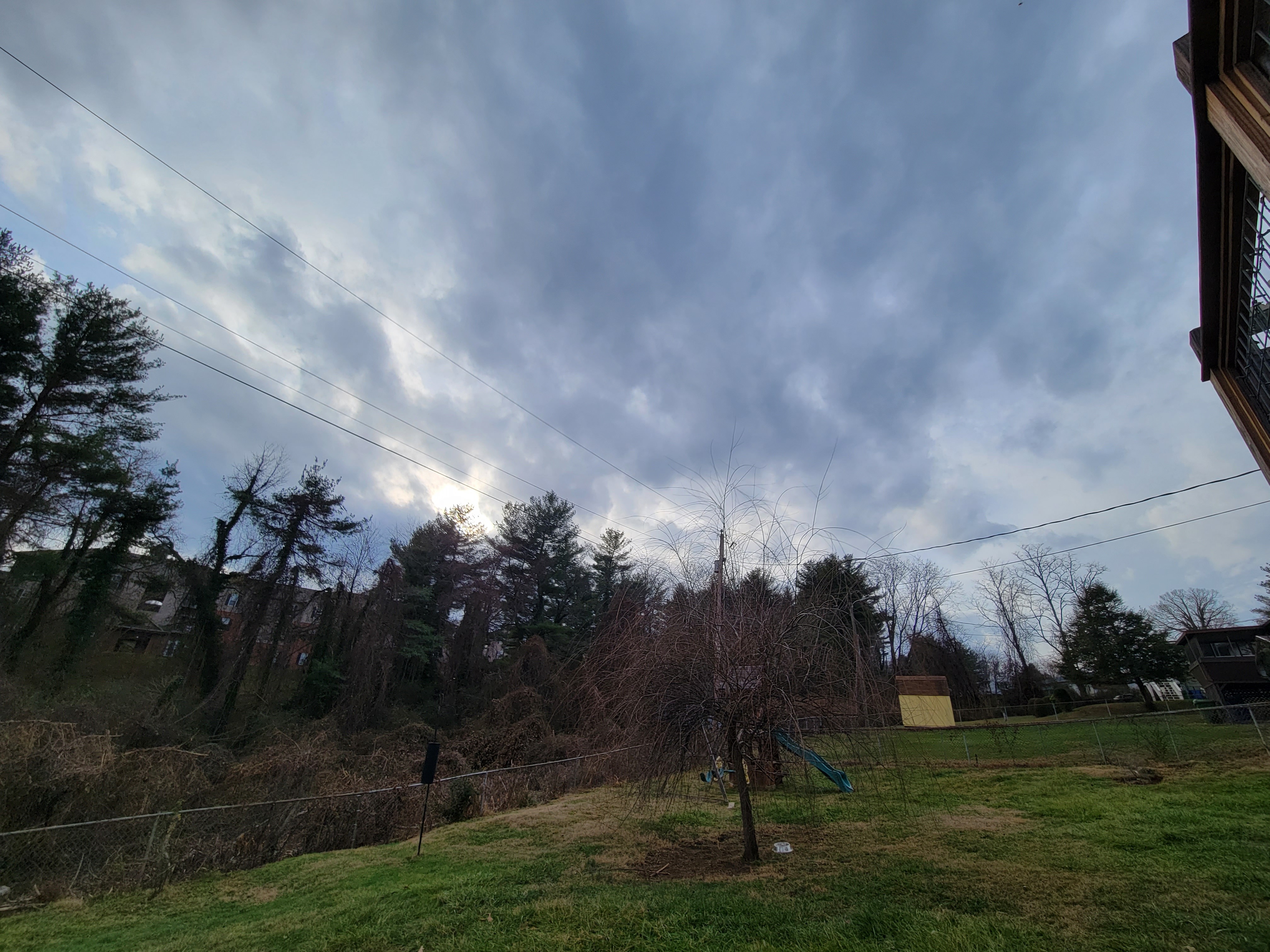
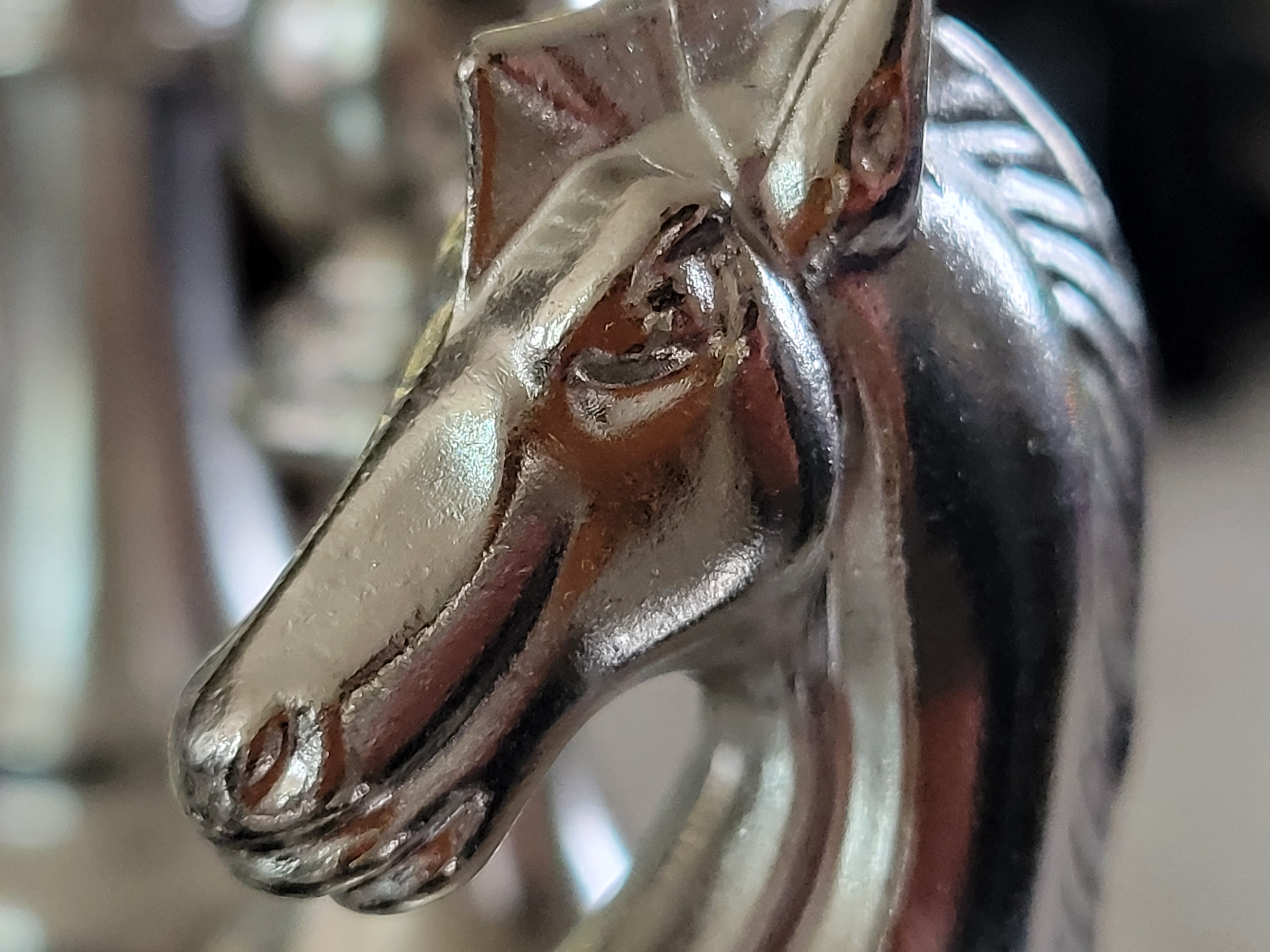


Overall, we feel like the Pixel performs consistently better than the Galaxy, which is really no surprise. As someone who primarily uses a flagship Samsung phone, I still can't help but pull out a Pixel when I really need a good photo. Even so, you won't be disappointed with either camera.
Google Pixel 6a vs. Samsung Galaxy S21 FE: Software
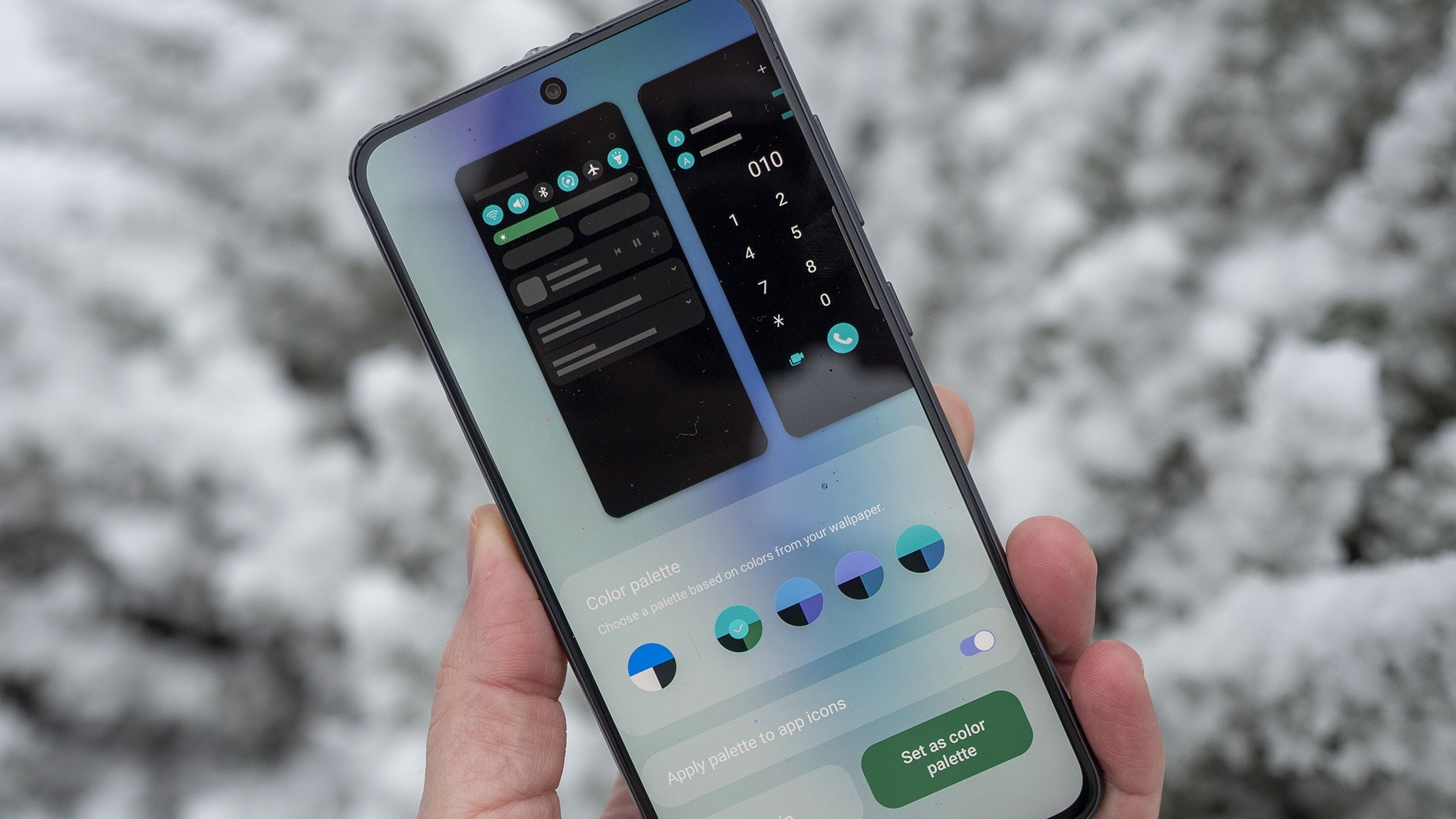
When it comes to software, these phones offer the best that Android has to offer. Of course, it comes down to personal preference, as both Samsung and Google have different takes on the Android operating system.
The Pixel 6a features "stock" Android with Google's extra-colorful flair. The OS is very rounded with bouncy animations and quick settings toggles that are much larger than they need to be. However, it's fast and fluid, despite the lower 60Hz display. Google also includes Pixel-exclusive features such as Magic Eraser, instant voice typing with Google Assistant, Direct My Call and Hold for Me, and Live Translate, among others.
If you've used a Pixel with Android 12, you should be familiar with what Google is offering here, even now that the phone is running Android 13. That said, it's not for everyone, and some users might prefer Samsung's One UI over Google's Pixel UI.
Google's Pixel UI is great, but it's not for everyone.
The Galaxy S21 FE launched in early 2022 with One UI 4 based on Android 12, but has already begun receiving Android 13. It's pretty clean, with smaller UI elements throughout. Thanks to the Snapdragon 888 processor, it's pretty snappy, and users shouldn't have to worry about lag. Samsung also has its own exclusive set of features like Good Lock for extra customization, Bixby (although we prefer Google Assistant), Object Eraser, and more.
Functionally, these devices are pretty similar, although the Pixel has the added advantage of being a Google phone, meaning it'll get new Android feature updates first or exclusively. On the other hand, Samsung promises longer update support for the S21 FE, providing four OS upgrades against the Pixel 6a's three OS upgrades. Both phones will receive software support for five years.
Google Pixel 6a vs. Samsung Galaxy S21 FE: Which should you buy?
Samsung's phone is technically the more premium option, thanks to the additional camera sensor, bigger battery, faster (and wireless) charging, and larger, more fluid display. However, what the Pixel 6a lacks in hardware, it makes up for thanks to the Tensor chipset powering the device.
With Google's in-house chip calling the shots, the Pixel 6a is able to achieve flagship-level performance in a smaller, cheaper, and frankly better-looking device. It's seriously impressive what Google has been able to achieve at this price point. As a Samsung user myself, I've actually tried to convince several friends to upgrade their old Pixels to get a Pixel 6a.
The Galaxy S21 FE is a great phone, but it's priced too closely to the standard S21 to really feel like a necessary device. It would be easier to recommend if it were about $100 cheaper. However, the Pixel 6a gives you much more bang for your buck and is the obvious choice between the two.
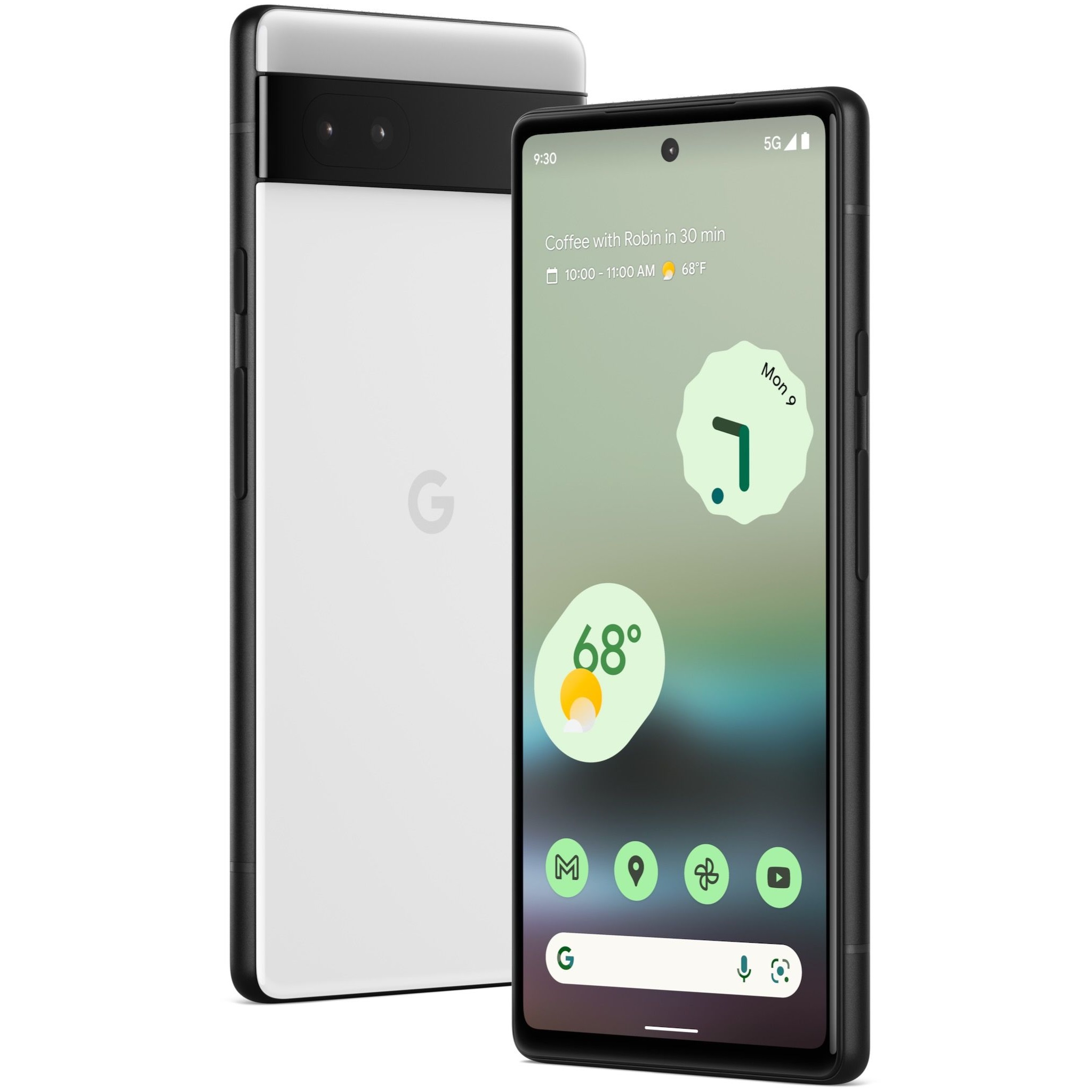
Good looks for cheap
If you want the power of the Tensor chip in a cheaper package, the Pixel 6a is the phone for you. Thanks to the chip, the 6a is capable of fantastic performance and camera output. This is one of the best value smartphones you can buy.

Flagship feel with cheap looks
The Galaxy S21 FE fills the void left by the S21, bringing many of its best features and putting them in a cheaper device. It has a triple-camera setup and an impressive 120Hz AMOLED display that's great for watching videos.
Be an expert in 5 minutes
Get the latest news from Android Central, your trusted companion in the world of Android

Derrek is the managing editor of Android Central, helping to guide the site's editorial content and direction to reach and resonate with readers, old and new, who are just as passionate about tech as we are. He's been obsessed with mobile technology since he was 12, when he discovered the Nokia N90, and his love of flip phones and new form factors continues to this day. As a fitness enthusiast, he has always been curious about the intersection of tech and fitness. When he's not working, he's probably working out.
